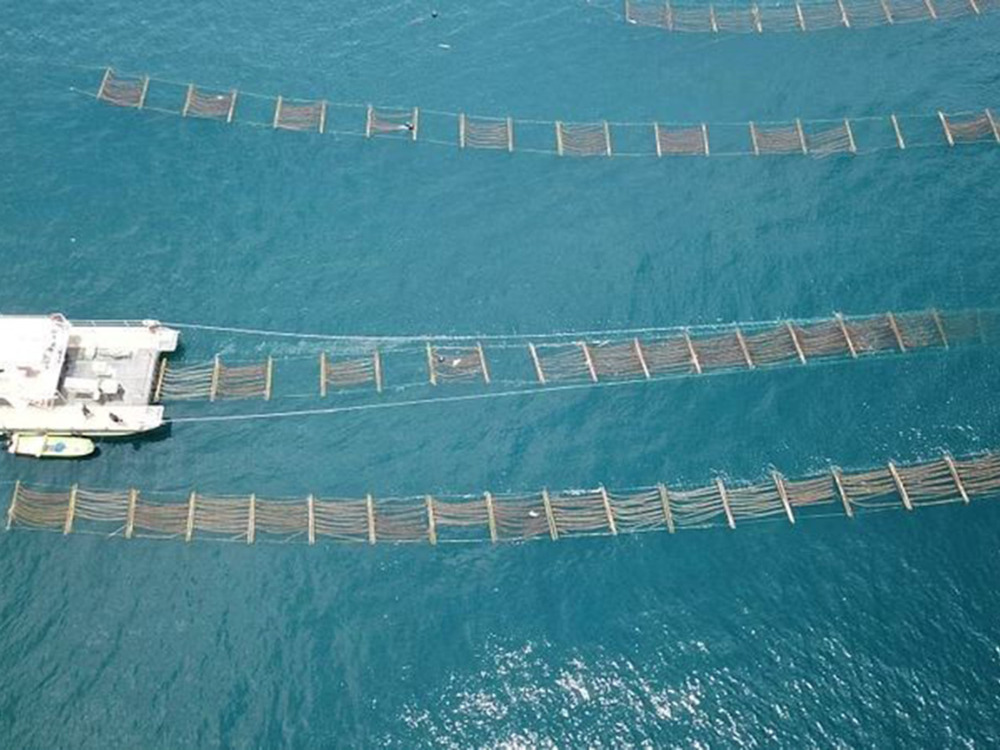by Fred Reed for the Saker blog
Pleasurable excitement ripples through the usual boredom of Washington, and the resident curiosities enjoy exquisite frissons, over the possibility of nuclear war over the Ukraine. Some official of the EU, or maybe it was the mediocrity in the White House with the truculence problem, but anyway one of the geniuses ruling the planet’s fate has said that if Russia used nukes, the Russian army would be destroyed, grrr, bowwow, woof. Exactly how it would be destroyed, the sayer didn’t say. Anyway, the threats and counterthreats swirl around the idea that a nuke war between Russia and the West might occur. Maybe, with tactical nukes in the Ukraine, about which nobody gives a rat’s nether region. The world is full of damned fools.
But:
The general staffs of both Russia and China are, whatever else you may think of them, sane. They know of America’s massive nuclear forces. They are not going to launch an atomic war. Sane behavior cannot be relied on with Washington’s second-rate lawyers, but the generals in the Pentagon are not crazy. They like hobbyist wars and big budgets, but if Biden ordered a nuclear strike, they would be likely to suddenly remember that Congress has to declare war and, seeing that their radar screens were empty of incoming missiles, and say, “Mr. President, we are not authorized to do that.” And recommend a committee.
what would such a war be like? Let’s guess.
America is fragile. We don’t notice because it works smoothly and because when a local catastrophe occurs—earthquake, hurricane, tornado—the rest of the country steps in to remedy things. The country can handle normal and regional catastrophes. But nuclear war is neither normal nor regional. Very few warheads would serve to wreck the United States beyond recovery for decades. This should be clear to anyone who actually thinks about it.
Defense is impossible. Missile defenses are meaningless except as money funnels to the arms industry. This is not the place to go into decoys, hypersonics, Poseidon, maneuvering glide vehicles, bastion stationing, MIRV, just plain boring old cruise missiles, and so on. Coastal cities are particularly easy targets, being vulnerable to submarine-launched sea-skimming missiles. Washington, New York, Boston, San Diego, Los Angeles, San Francisco, Seattle for starters, all gone.
A modern country is a system of systems of systems, interdependent and interconnected—water, electricity, manufacturing, energy, telecommunications, transportation, pipelines, and complex supply chains. These are interconnected, interdependent, and rely on large numbers of trained people showing up for work. Modern warheads are not the popgun squibs of Hiroshima. Talking of repair any time soon after the nuclear bombing of a conurbation is foolish because the city would have many hundreds of thousand of dead, housing destroyed, massive fires, horrendously burned people with no hope of medical care, and in general populations too focused on staying alive to worry about abstractions like supply chains.
The elimination of transportation might cause more death than the bombs. Cities, suburbs, and towns cannot feed themselves. They rely on a constant, heavy influx of food grown in remote regions. This food is shipped by rail or truck to distribution centers, as for example Chicago, whence it is transshipped to cities like New York. Heavy megatonnage on Chicago would disrupt rail lines and trucking firms. Trains and trucks need gasoline and diesel which come from somewhere, presumably in pipelines. These, broken by the blast, burning furiously, would take time to repair. Time is what cities would not have.
What would happen in, say, New York City even if, improbably, it were not bombed? Here we will ignore the likelihood of sheer, boiling panic and resultant chaos on learning that much of the country had been flattened. In the first few days there would be panic buying with shelves at supermarkets being emptied. Hunger would soon become serious. By day four, people would be hunting each other with knives to get their food. By the end of the second week, people would be eating each other. Literally. This happens in famines.
Most things in America rely on electricity. This comes from generating plants which burn stuff, usually natural gas or coal. These arrive on trains, which would not be running, or in trucks, not likely to be running. They depend on oil fields, refineries, and pipelines unlikely to function. All of the foregoing depend on employees continuing to go to work instead of trying to save their families. So—no electricity in New York, which goes dark.
This means no telephones, no internet, no lighting, and no elevators. How would this work out in a city of high rises? Most people would be nearly incommunicado in a lightless city. Huge traffic jams would form as people with cars tried to leave—to go where?—as long as gasoline in the tank lasted.
Where does water come from in New York? I don’t know, but it doesn’t flow spontaneously to the thirtieth floor. It needs to be pumped, which involves electricity, from wherever it comes from to wherever it has to go. No electricity, no pump. No pump, no water. And no flushing of toilets. River water could be drunk, of course. Think of the crowds.
In all likelihood, civil society would collapse by the end of the fourth day. The more virile ethnics would surge from the ghettos with guns and clubs to feed. Police would have disappeared or be either looking after their families or themselves looting. Civilization is a thin veneer. The streets and subways are not safe even without a nuclear war. The majority would be unarmed and unable to defend themselves. People who had never touched a gun would suddenly understand the appeal. If you think this would not happen, give my best to Tinker Belle.
Thus it would not be necessary to bomb a city to destroy it, only to cut it off from transport hubs for a couple of weeks. An attacker would of course destroy many cities in addition to necessary infrastructure. Those who plan nuclear wars may be psychopaths, or just insular geeks fiddling with bloodless abstractions, but they are not fools. They have carefully calculated how to most seriously damage a target country. In no more than a couple of months, perhaps two hundred million people would starve to death. Do you think this fantastic? Tell me why it is fantastic.
Parenthetically, in my days of walking the E-ring in the Pentagon, I read manuals on how to keep soldiers fighting after they had received lethal doses of radiation. They don’t die immediately and, depending on dosage, might be administered stimulants to keep them on their feet, or so the manuals said. These manuals also discussed whether these walking dead should be told that they were about to die. The authors used the evocative phrase “terrain alteration” to describe landscapes with all the trees lying on their sides, and we have all heard of “overkill.” After a nuclear war, millions would slowly die of radiation—read up on Nagasaki and Hiroshima—and burned corpses would rot in the streets, too numerous for burial by survivors with other things on their minds.
How would the next season’s crops be planted? Answer: they wouldn’t be. Where would fertilizer come from? Parts for tractors, trucks, harvesters? Making these requires functioning factories which require electricity, raw materials, and workers. If the attacker chose to hit agricultural lands with radiation-dirty cobalt bombs, these regions would be lethal for years. Nuclear planners think about these things.
Among “defense intellectuals,” there is, or was when I covered such things, insane talk of how America could “absorb” a Russian first strike and have enough missiles in reserve to destroy Russia. These people should be locked in sealed boxes and kept in abandoned coal mines.
Note also that Biden, Blinken, and Bolton, bibbety bobbety boo, and their families, live in DC, the priority target. While the rats are aboard the ship, they won’t sink it. If they are discovered boarding a Greyhound out of Washington at three a.m., dressed as washerwomen, it will be time to worry.
The Essential Saker IV: Messianic Narcissism’s Agony by a Thousand Cuts
The Essential Saker III: Chronicling The Tragedy, Farce And Collapse of the Empire in the Era of Mr MAGA
Source link
Author The Saker





